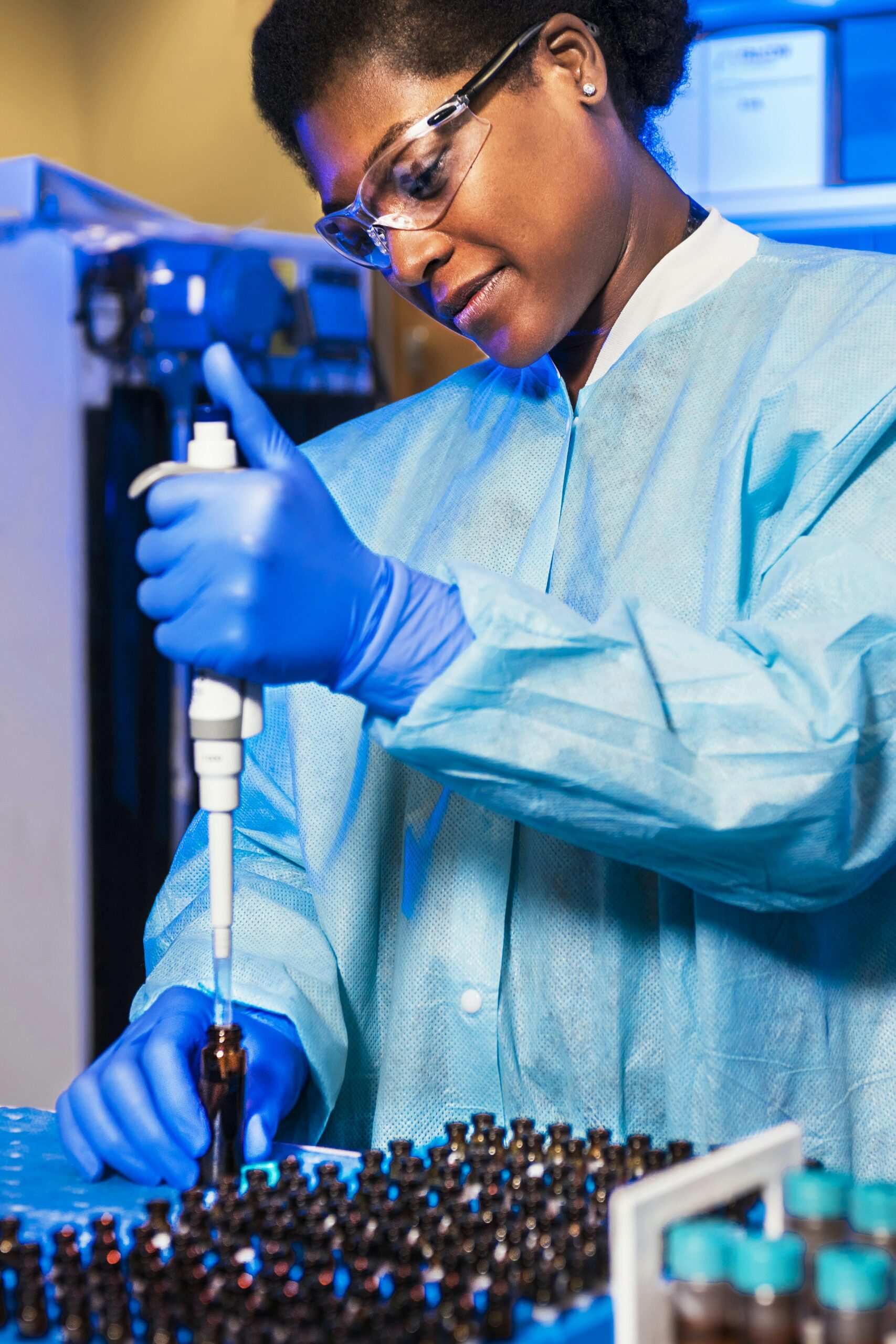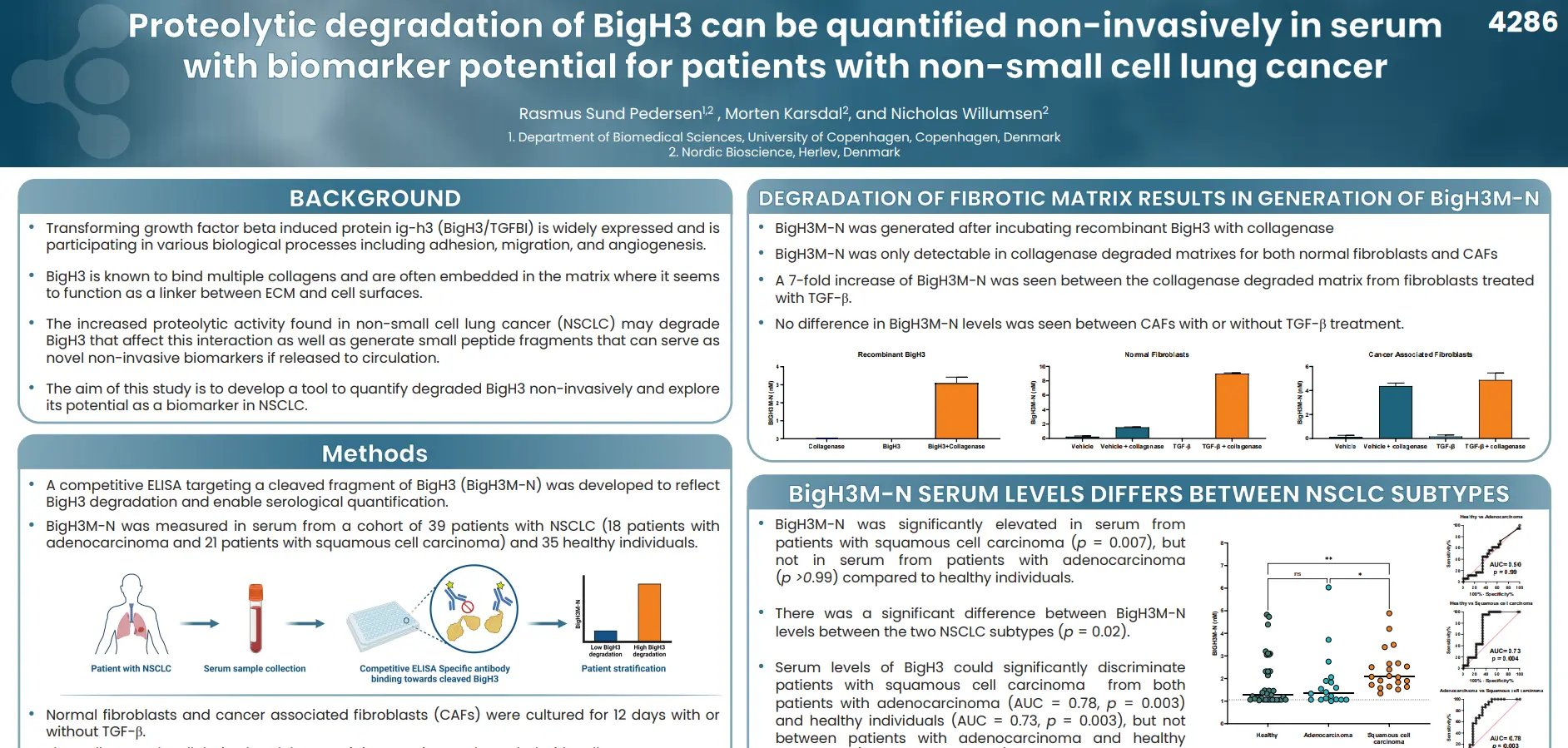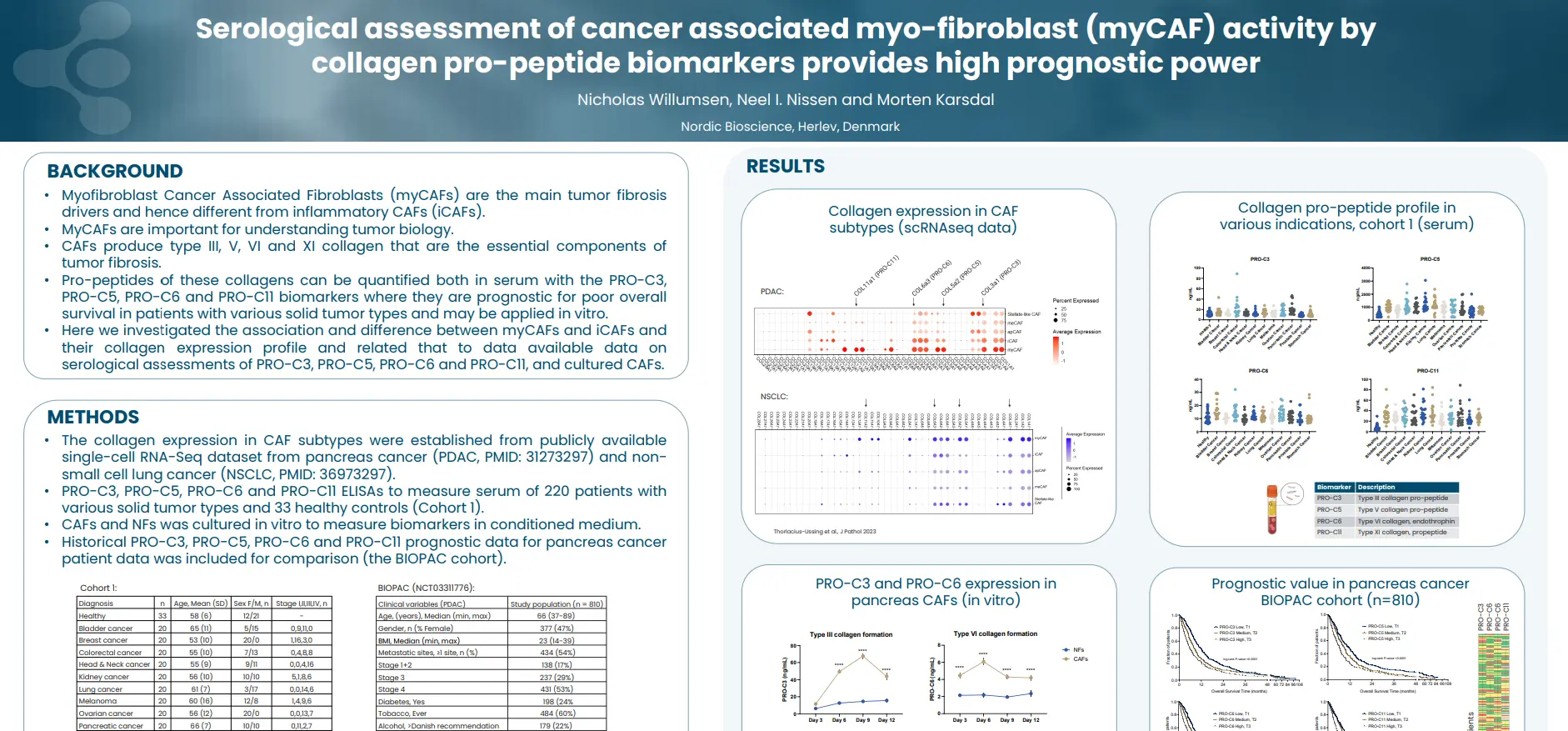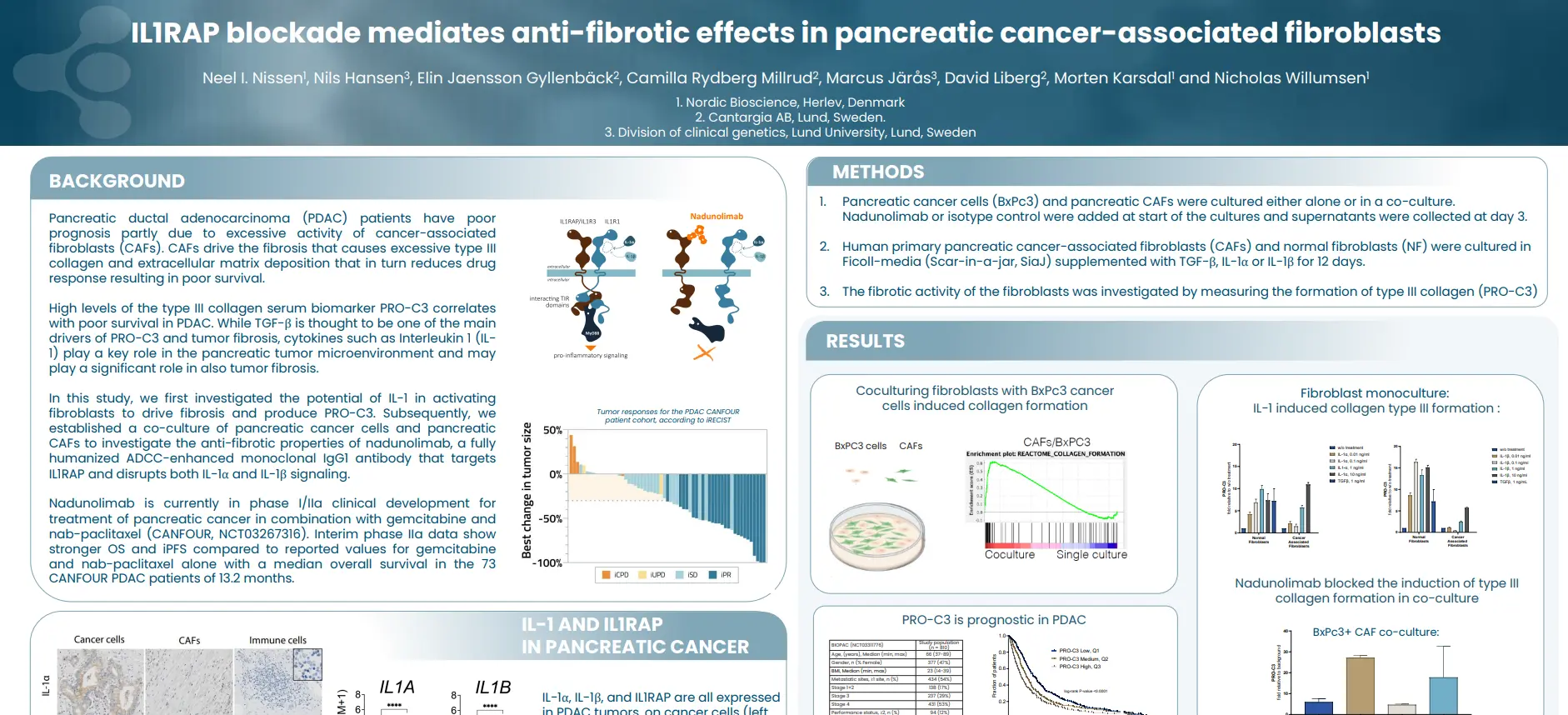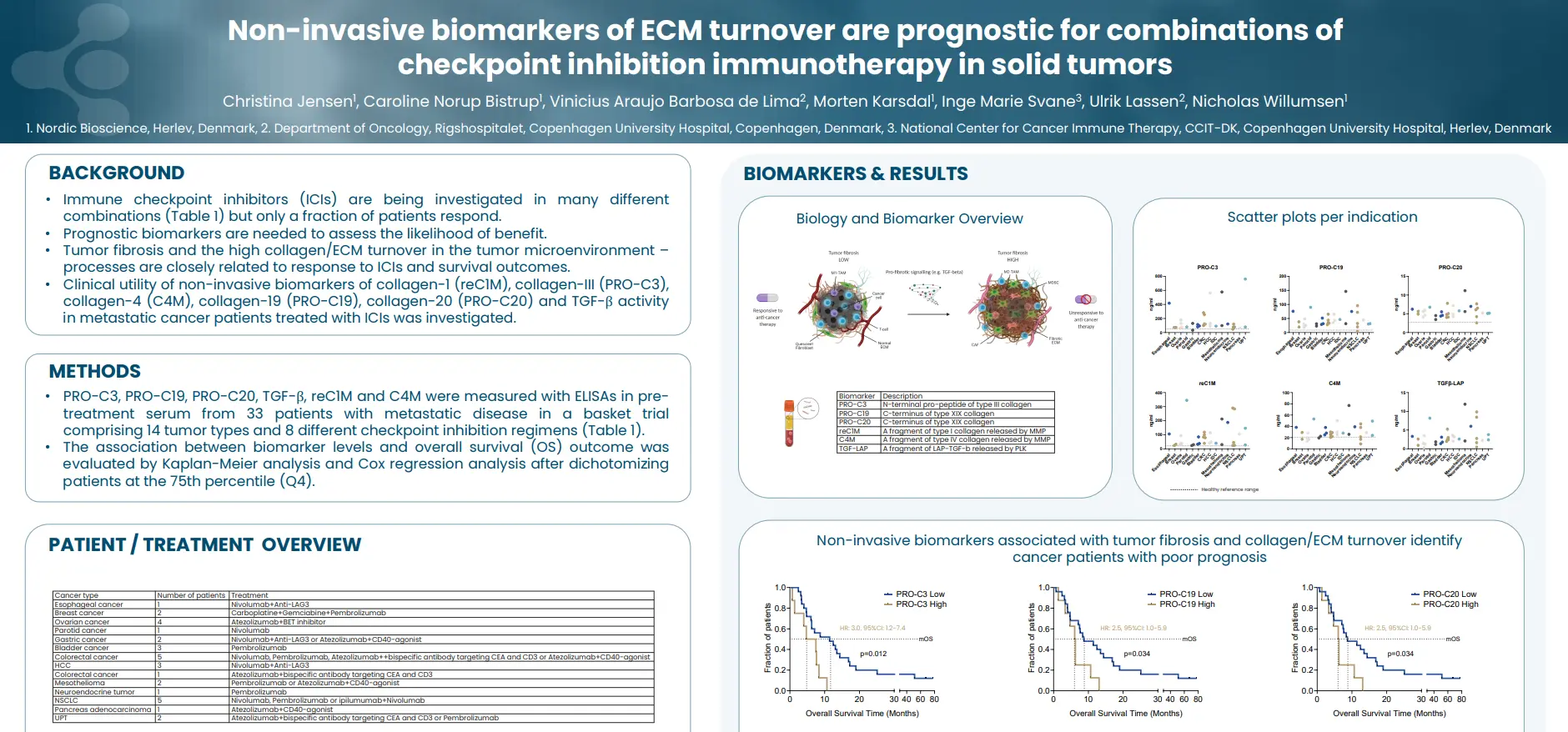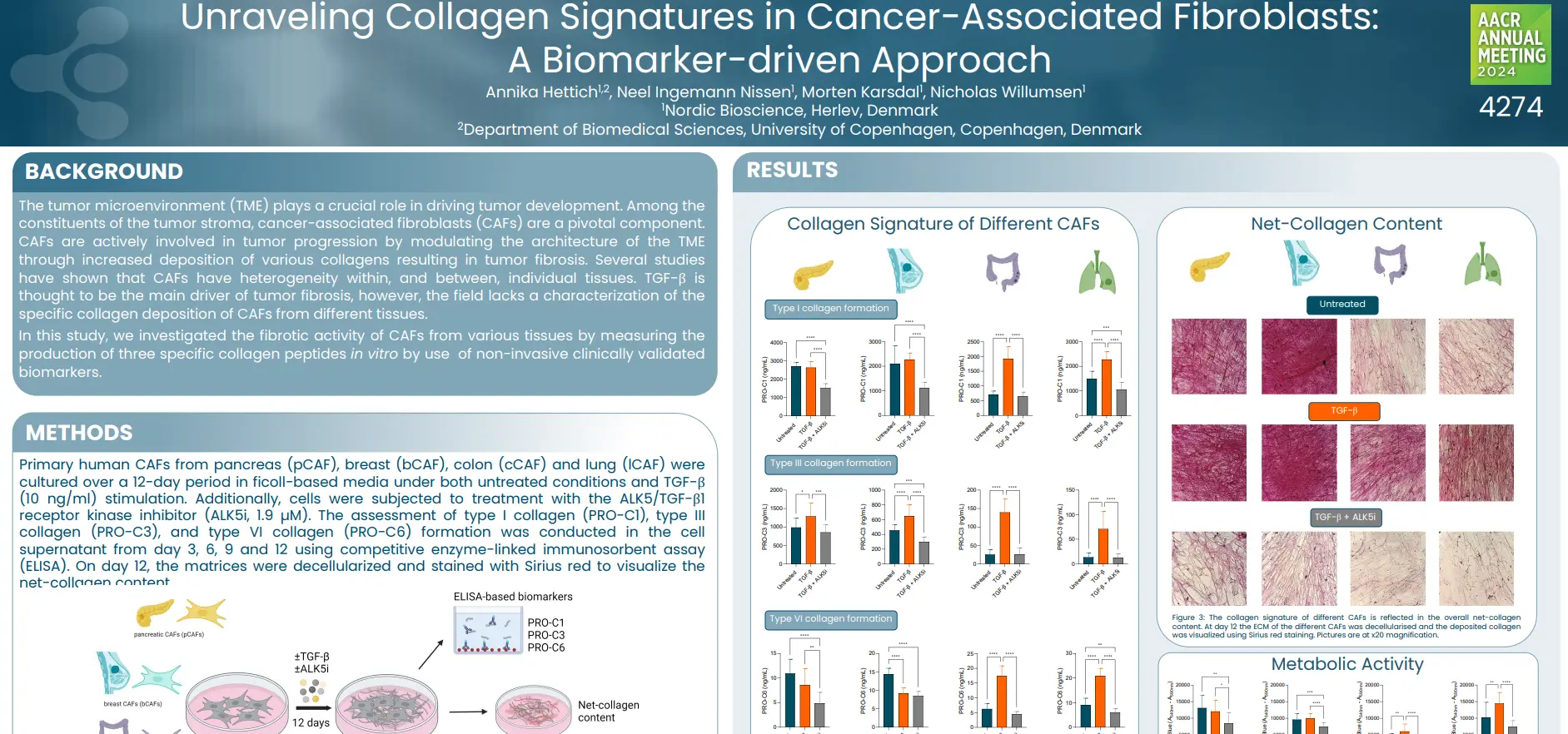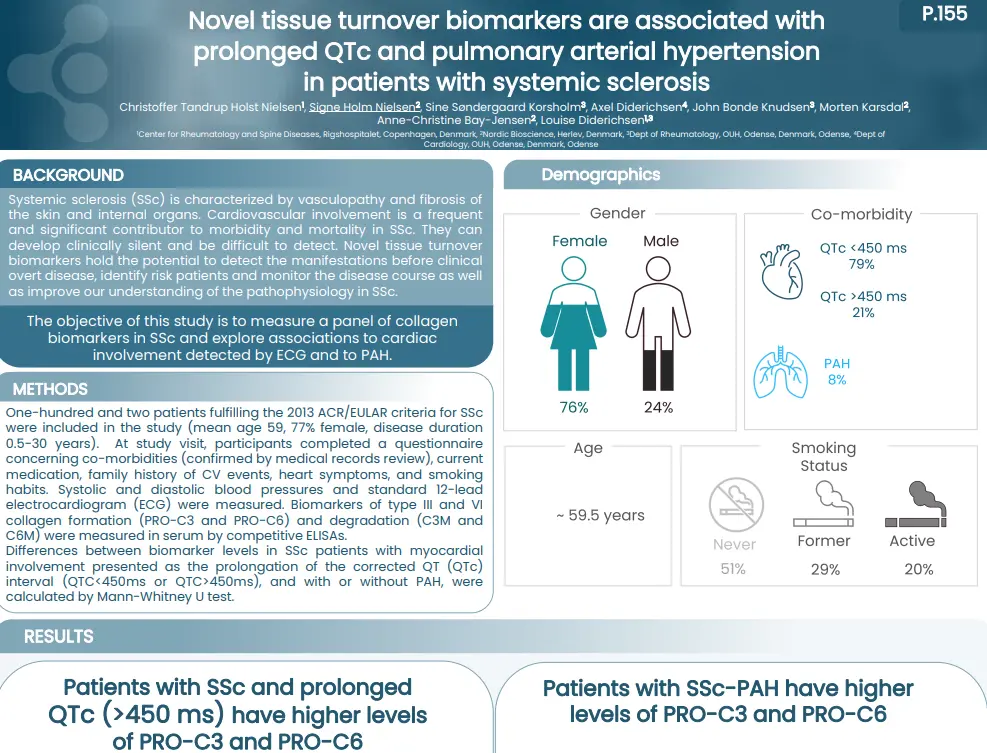Evaluation of biomarkers in patients with potential periprosthetic joint infections after hip and knee arthroplasty
Introduction
The number of total joint replacements performed each year to treat pain related to end stage knee osteoarthritis (OA) has steadily increased in the last decade. Despite overall efficacy in the majority of patients, a subset of about 20% experience prosthetic complications in the short or in the long run, most often due to aseptic failure or prosthetic joint infection. Accurate diagnosis is therefore crucial. Biomarkers of tissue remodeling are promising diagnostic tools to characterize joint pathological mechanisms, provide a better understanding of how prosthetic complications affect the tissue remodeling to improve diagnosis and intervention
Poster
Conclusion
This study aimed to investigate the relationship between joint tissue remodeling and inflammation biomarkers with diagnosis in patients with hip or knee prosthetic joint complications, as well as to assess the effect of joint corrective surgery on acute and long-term biomarker levels.

